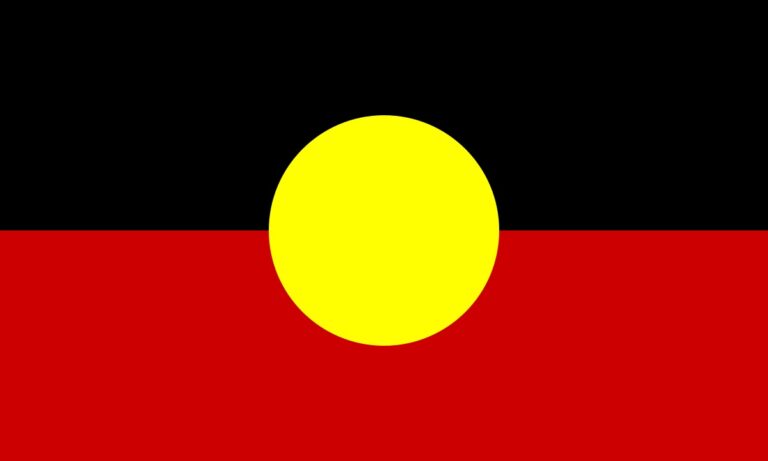Researchers
- Anne-Marie Laslett: Centre for Alcohol Policy Research, Turning Point, Eastern Health; Melbourne School of Population and Global Health, University of Melbourne; Eastern Health Clinical School, Monash University.
- Janette Mugavin: Centre for Alcohol Policy Research, Turning Point, Eastern Health.
- Heng (Jason) Jiang: Centre for Alcohol Policy Research, Turning Point, Eastern Health; Eastern Health Clinical School, Monash University.
- Sarah Callinan: Centre for Alcohol Policy Research, Turning Point, Eastern Health; Eastern Health Clinical School, Monash University.
- Sarah MacLean: Centre for Alcohol Policy Research, Turning Point, Eastern Health; Melbourne School of Population and Global Health, University of Melbourne.
- Robin Room: Centre for Alcohol Policy Research, Turning Point, Eastern Health; Melbourne School of Population and Global Health, University of Melbourne; Centre for Social Research on Alcohol & Drugs, Stockholm University
Summary
Funded by FARE and undertaken by the Centre for Alcohol Policy Research (CAPR), The hidden harm: Alcohol’s impact on children and families, reveals the full extent of alcohol-related family and domestic violence in Australia.
The 2015 study examined the prevalence and effects of heavy drinking on families and children, and the extent to which they persisted or changed over time.
It paints a concerning picture of the prevalence of alcohol-related family and domestic violence in Australia, shedding new light on a hidden dimension of alcohol harms that occurs largely behind closed doors.
Key findings
The hidden harm draws on two national surveys of alcohol’s harm to others, service system data and qualitative interviews with families, providing for the first time a detailed and valuable insight into the magnitude of the problem and the large numbers of Australian children who are being put at risk.
- In 2011 there were 29,684 police-reported incidents of alcohol-related domestic violence in Australia, and that’s just in the four states and territories where this data is available.
- Children are being verbally abused, left in unsupervised or unsafe situations, physically hurt or exposed to domestic violence because of others’ drinking. Many were also witnessing verbal or physical conflict, drinking or inappropriate behaviour.
- Over a million children (22 per cent of all Australian children) are estimated to be affected in some way by the drinking of others (2008). 142,582 children were substantially affected (2008), and more than 10,000 Australian children are in the child protection system because of a carers drinking (2006-07).
The correct citation for this report is: Laslett, AM., Mugavin, J., Jiang, H., Manton, E., Callinan, S., MacLean, S., & Room, R. (2015). The hidden harm: Alcohol’s impact on children and families. Canberra: Foundation for Alcohol Research and Education.
Related content
The range and magnitude of alcohol’s harm to others (2010)
Beyond the drinker: Longitudinal patterns in alcohol’s harm to others (2015)






